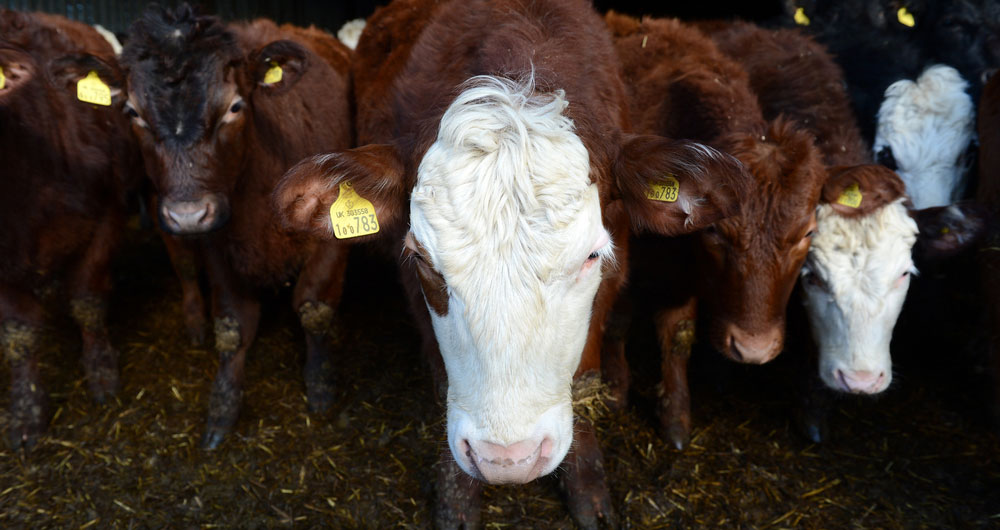The data also shows that the number of new bTB incidents in the High Risk Area (HRA) decreased for the second year in a row and that new bTB incidents in the Edge area decreased year-on-year for the first time since 2013.
The report also addresses the source of infection and shows that nearly 60% of infections within the HRA are attributed to badgers.
NFU Deputy President Stuart Roberts said:
“It is encouraging news that we are seeing bovine TB incidents falling overall across the country and is further evidence that the government’s 25-year eradication strategy is beginning to have an impact.
“It is critical that we continue with all the measures involved in this strategy, from wildlife control to enhanced biosecurity, to ensure that we continue to see the number of TB incidents decrease in the years to come.
“While this is positive news, we must remember that bovine TB continues to devastate farming families up and down the country, causing huge strain for farmers. We must continue with this effective strategy to continue to deliver these reductions and reach what we all want to achieve, a TB free England.”
More on bovine TB:
- Why the fight against TB remains as important as ever
- NFU responds to 2020 badger control licences
- NFU expresses disappointment with government move on bTB no-cull zones
- Read the NFU's Bovine TB Strategy
- NFU insight: Cattle vaccination and the bTB eradication strategy
- BVA makes recommendations to government on bTB
- Read more about the NFU's work on bTB
- TB Free England website relaunched
More from NFUonline:

